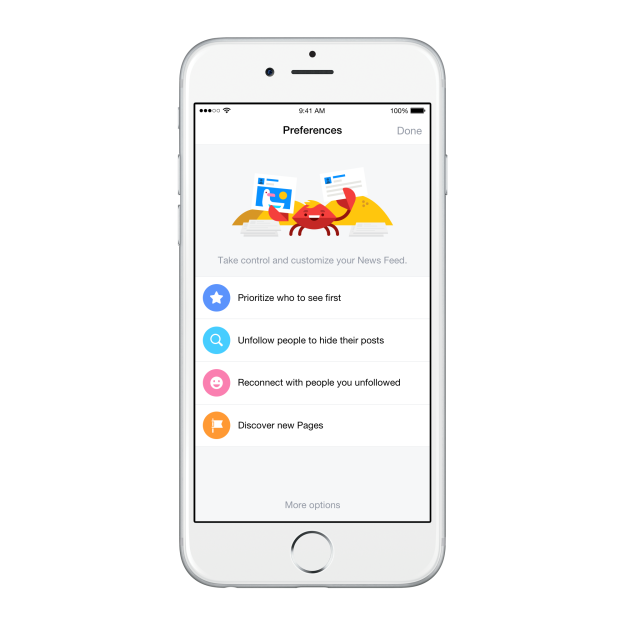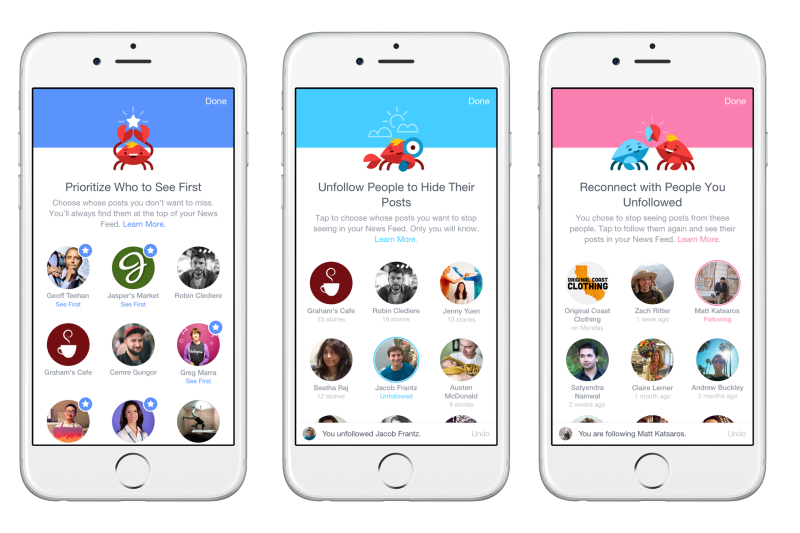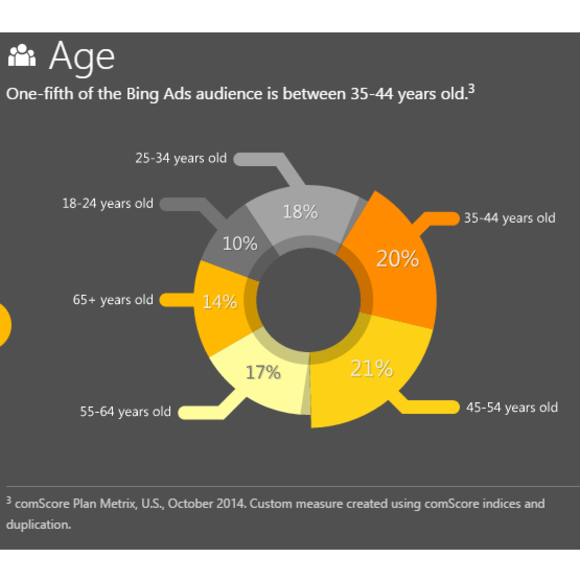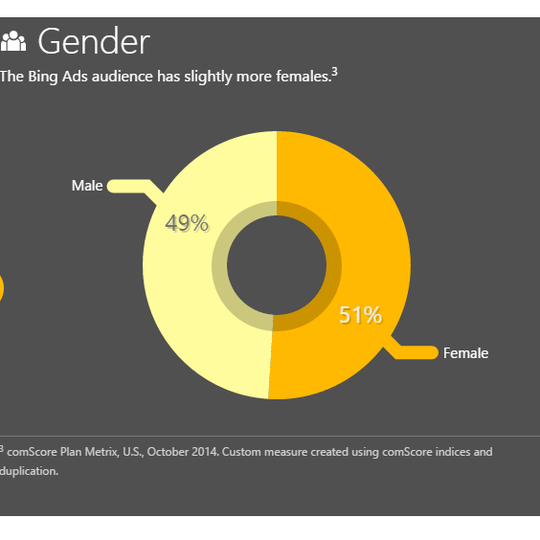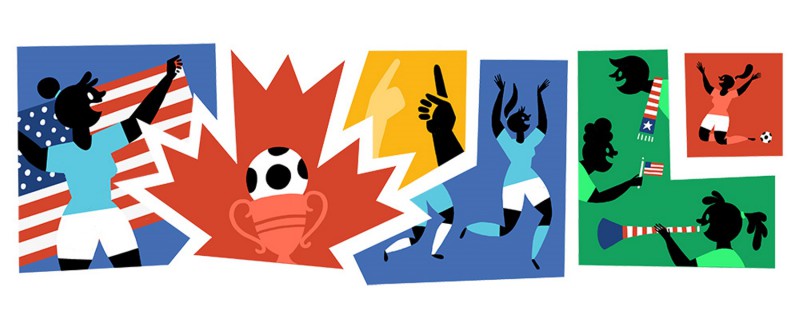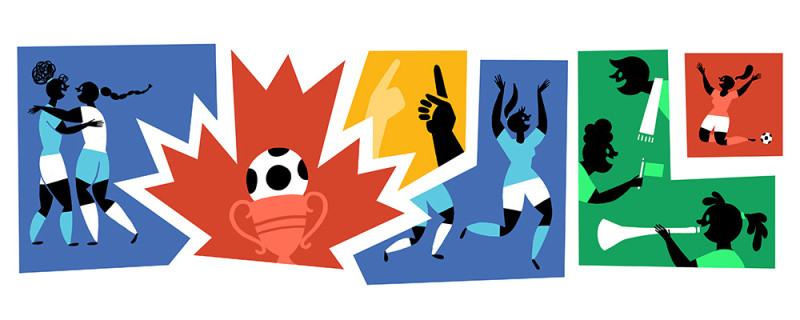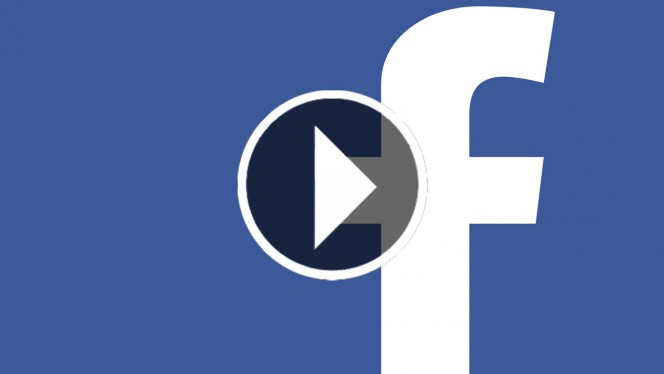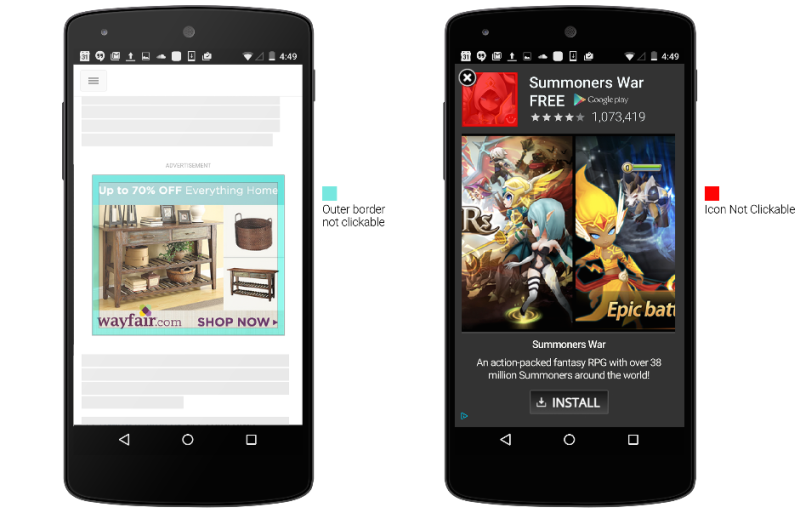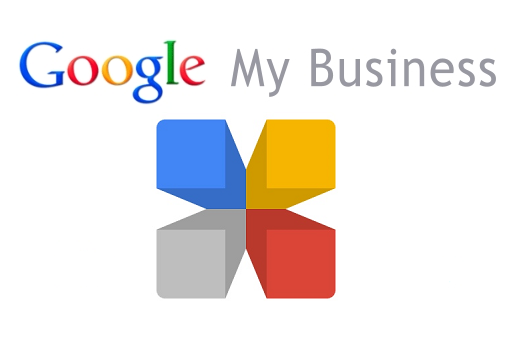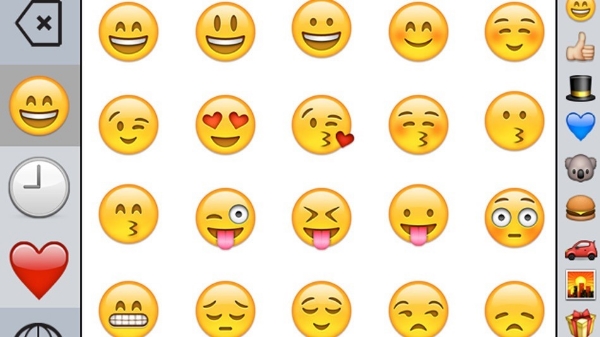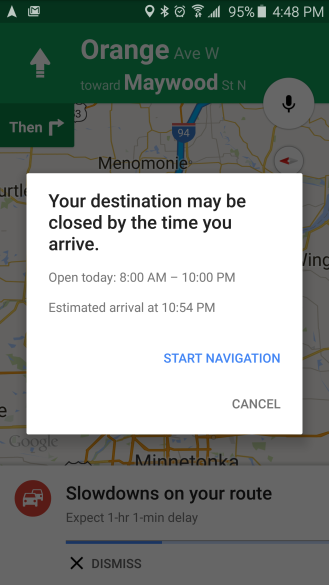So far, 2015 is shaping up to be a huge year for the mobile internet. Between Google’s “Mobilepocalypse” and the news that searches from mobile have overtaken desktop search volume, mobile was already on the way to dominance, but a new report from IgnitionOne shows mobile search spend is also growing by leaps and bounds.
According to the recent Q2 Digital Marketing Report, paid search spending has risen 22 percent for tablets last year, and a massive 71 percent for smartphones.
Both mediums showed comparable growth in CPC and CTR (24 and 28 percent for phones, 26 and 17 percent for tablets), but smartphone clicks have outpaced those from tablets by 41 percent. The report also noted smartphone impressions had climbed 8 percent, but tablet impressions have declined by 17 percent.
“Google has incredible dominance on [the mobile] side,” says Will Margiloff, chief executive (CEO) of IgnitionOne. “But they still have, for the most part, a mobile display business and not really a native to phone and tablet business like Facebook. Google’s got their work cut out for them when it comes to mobile native or native display, and the only real player there is Facebook.”
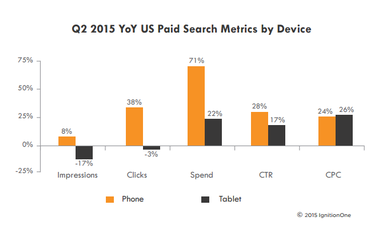
The report also showed Google’s display growth was down 9 percent year-over-year while Facebook’s is up 48 percent, which gives the social platform 16 percent of the display share. In comparison, Google’s share is at 31 percent, down from 38 percent last year.
After years of debate whether another search engine could ever prove to be a meaningful challenge to Google’s market share dominance, Facebook’s recent gains suggest it may actually be social media that poses the greatest challenge to Google.
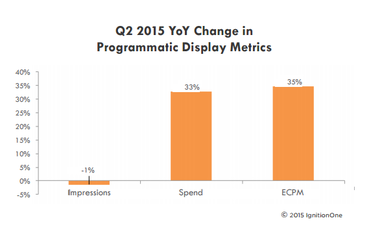
IgnitionOne’s research found programmatic data spend increased 33 percent year-over-year while eCPM rose 35 percent from last year. Impressions, however, have fallen 1 percent.

